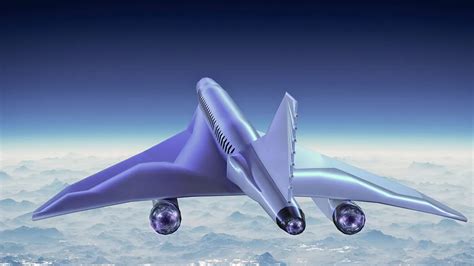Chinese researchers have developed an advanced new ceramic that could revolutionize heat shields for hypersonic aircraft.
Engineers at Guangzhou University crafted the material using a specialized technique to achieve a rare balance of high strength and insulation. This could enable the ceramic to withstand the intense heating of hypersonic flight.
Creating porous ceramics with both strength and insulation is challenging. More pores improve insulation but reduce strength. Conventional porous ceramics also lose strength and shrink at high temperatures, making them unsuitable for aerospace use.
To overcome these limitations, the Guangzhou University team designed their ceramic with a multiscale structure. This provides strength on the micro, nano and atomic levels.
The resulting material, named 9PHEB, has around 50% porosity yet is over 300 MPa strong at room temperature – significantly stronger than prior porous ceramics. It also delivers excellent insulation with low thermal conductivity.
Remarkably, 9PHEB retained 98.5% of its strength at 1500°C. And at 2000°C, unlike brittle traditional ceramics, it showed plastic deformation with a 49% strain that doubled its strength to 690 MPa. After heating to 2000°C, the ceramic shrank only about 2.4% while maintaining its dimensions.
The researchers attribute these capabilities to 9PHEB’s sophisticated design. Ultrafine microscale pores enable insulation. Nanoscale interfaces between components boost strength. And atomic-scale lattice distortions improve stiffness and reduce conductivity.
This multiscale approach produces a ceramic able to provide both strength and insulation under extreme conditions. Associate professor Zhuang Lei noted applications across aerospace, energy, and chemical engineering. The heat shield needs of hypersonic aircraft in particular could be met by this breakthrough material.

